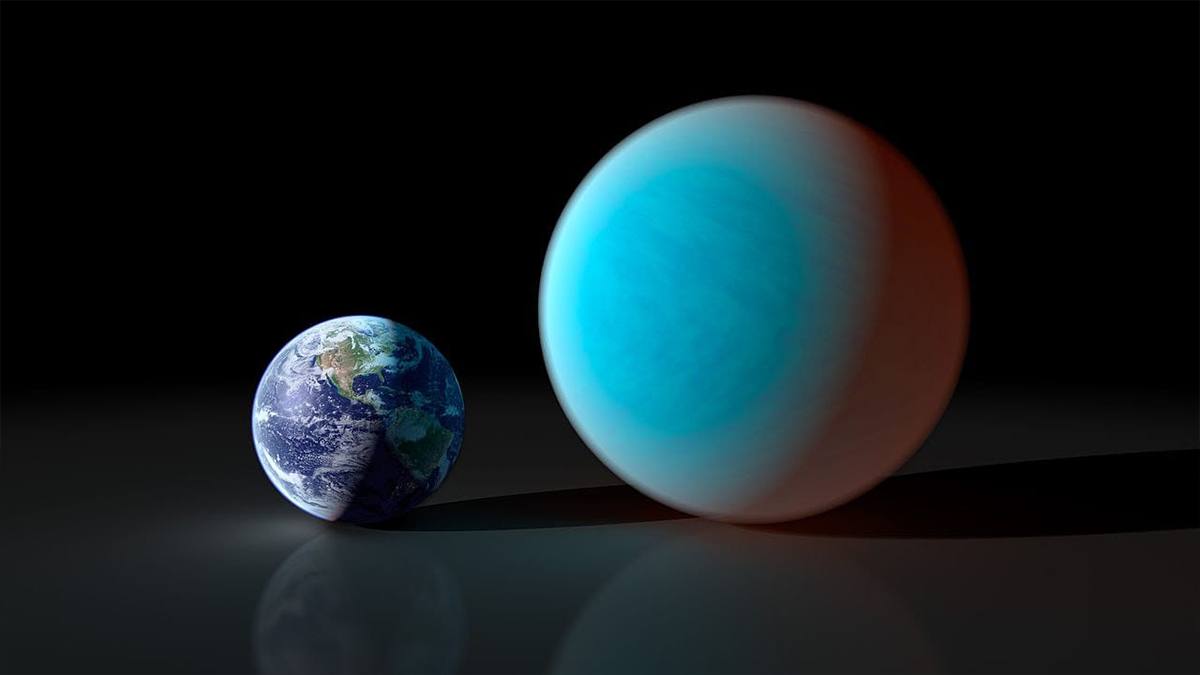“Super Earth” found at the center of the Galactic Bulge Galaxy – New Discovery

Researchers from the University of Canterbury (UC) have found an uncommon new Super-Earth planet that lies towards the focal point of the galaxy, additionally called the Galactic Bulge. The planet — one of the bunch to have been found to date — is practically identical to Earth as far as both size and orbit.
The aftereffects of the find have been distributed in The Astronomical Journal.
The exploration was driven by Dr. Antonio Herrera Martin and Associate Professor Michael Albrow, both of whom are a piece of a worldwide group of space experts who met up on Super-Earth inquire about.
Talking about the revelation, Dr. Herrera Martin, the paper’s lead creator, clarified, “To have a thought of the uncommonness of the identification, the time it took to watch the amplification because of the host star was around five days, while the planet was recognized distinctly during a little five-hour mutilation. In the wake of affirming this was undoubtedly brought about by another ‘body’ unique in relation to the star, and not an instrumental mistake, we continued to get the qualities of the star-planet framework.”
The scientist included that the host star is 10 percent the mass of our Sun and that the planet has a time of around 617 days.
As per Dr. Martin, the planet was found utilizing a procedure called microlensing where the consolidated gravity of the planet and its host star causes light from an increasingly far off foundation star to be amplified in a specific way.
This microlensing occasion was first watched freely in 2018 by the Optical Gravitational Lensing Experiment (OGLE) utilizing a telescope in Chile. It was reconfirmed by the Korea Microlensing Telescope Network (KMTNet) to which the UC space experts have a place, utilizing three indistinguishable telescopes in Chile, Australia, and South Africa.
According to a report in Tech Explorist, the planet has a mass somewhere close to that of Earth and Neptune. It circles at an area among Venus and Earth from the parent star, the report included.


